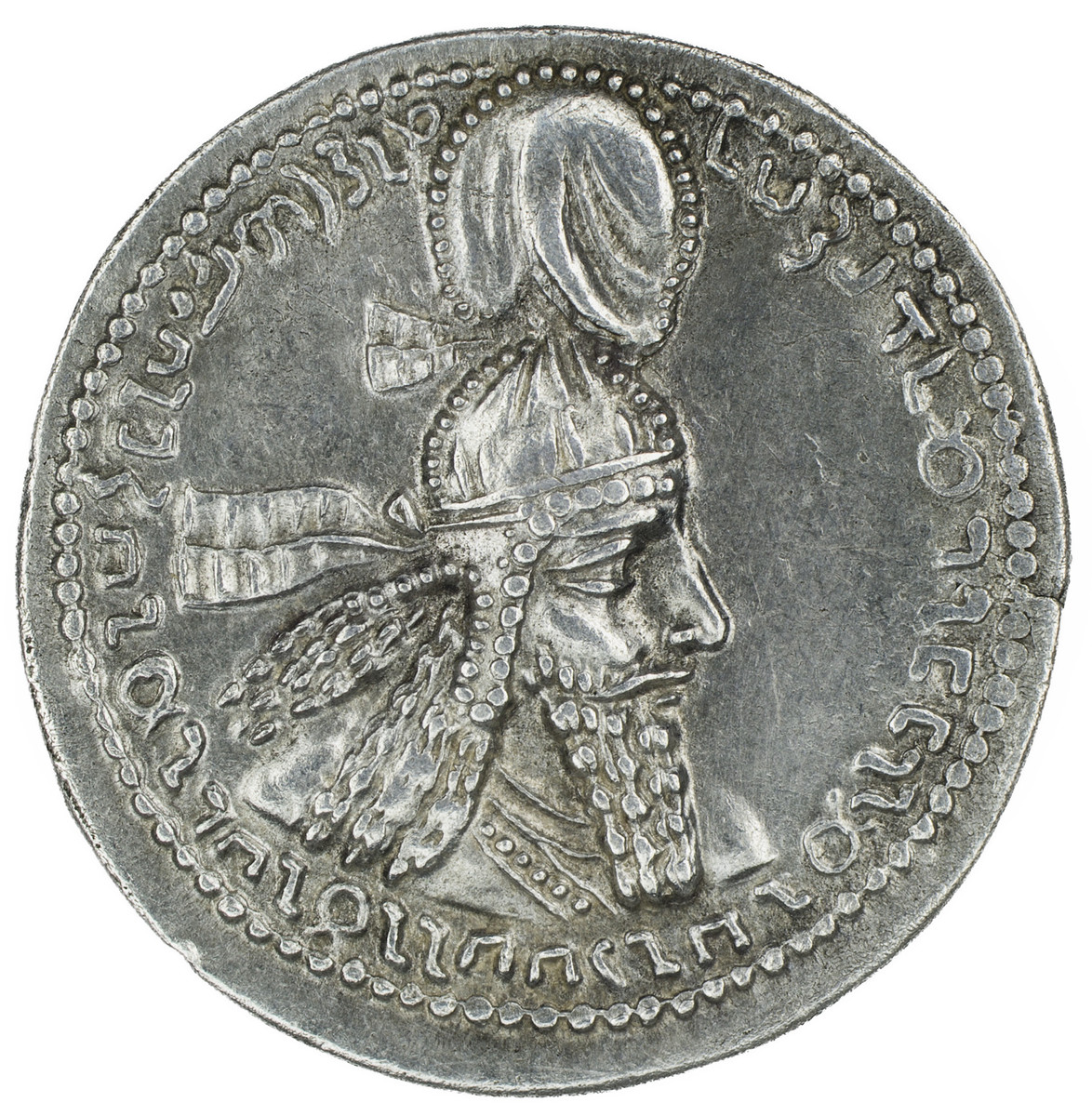On View
Ardashir I (minted under)
Sasanian
Place made: Asia; Iran; Hamadan
Drachm of Ardashir I, 223-239 CE (Sasanian period, 224-636)
Diameter: 25.5 mm; 1 in; Weight: 4.24 g
Purchase with the Marian Hayes (Class of 1925) Art Purchase Fund
MH 2012.39.1

 GIVE
GIVE
